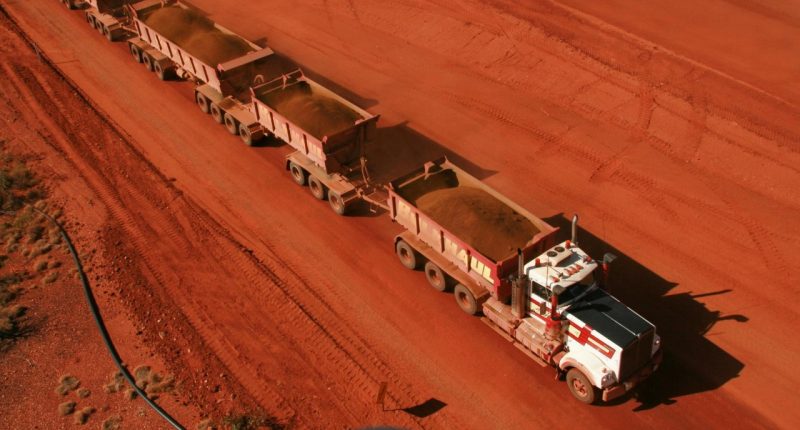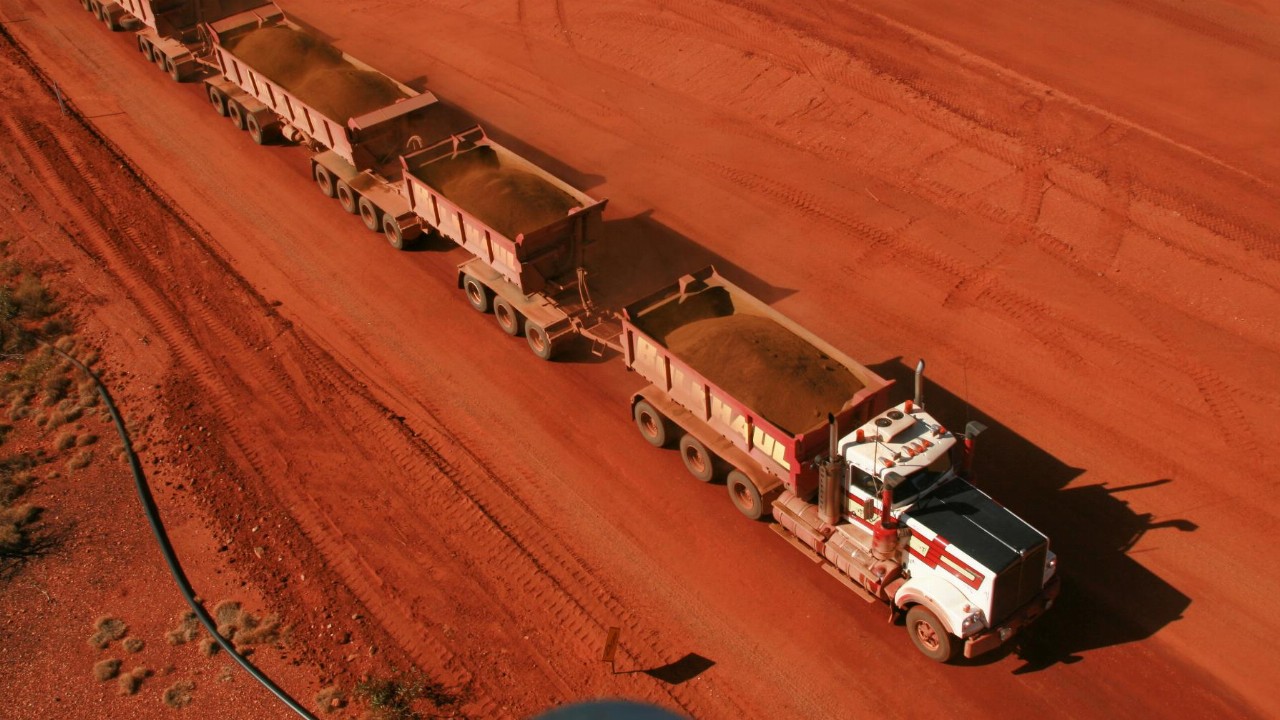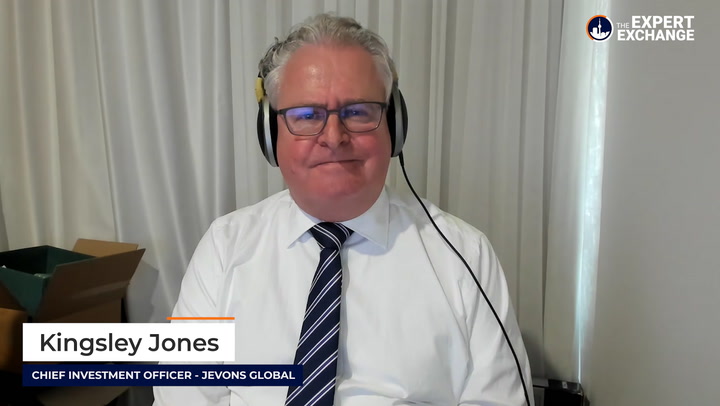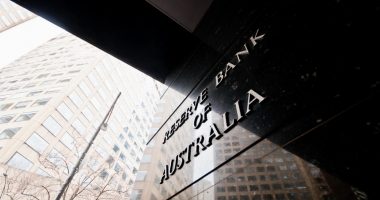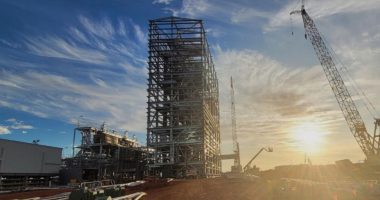- Iron ore prices have seen a spectacular bounce-back this week, tacking on over 10 per cent in three days to trade above US$200 (around A$257) per tonne once more
- The rebound comes after local regulators in China’s Tangshan city floated the idea of easing restrictions of steelmaking to soften rising steel prices
- However, the iron ore bump follows a threat from China’s National Development Reform Commission (NDRC) to “rein in” the commodity’s price
- China’s state-run tabloid, The Global Times, claims price speculation, price gouging and other violations are responsible for recent strong iron ore prices
- High iron ore prices threaten China’s recovery from the COVID-19 pandemic, hence the plans to drive down the price of the commodity
- Nevertheless, this week’s rise is not necessarily indicative of ongoing strength in iron ore, with analysts predicting the commodity will slip over the rest of 2021
Iron ore prices have seen a spectacular bounce-back this week, tacking on over 10 per cent in three days to trade above US$200 (around A$257) per tonne once more.
The price hike comes after local regulators in China’s Tangshan city floated the idea of easing restrictions on steelmaking to help soften rising steel prices.
However, the sudden bump to iron ore comes after the commodity slumped more than 11 per cent over the past few weeks on the back of China’s plans to “rein in” the price of the soaring commodity.
In May, China’s National Development and Reform Commission (NDRC), along with four other Chinese Communist Party (CCP) departments, told industry leaders to “severely punish excessive price speculation, price gouging and other violations” that it claims have lifted iron ore prices.
According to Chinese state-run tabloid The Global Times, skyrocketing iron ore prices were threatening China’s recovery from the COVID-19 pandemic — hence the plans to drive down the price of the commodity.
The Global Times singled out Australia as being particularly vulnerable to the intended price drop given iron ore is the country’s largest export. China, via the tabloid, accused Australia of “profiteering” off the high recent high prices.
While iron ore prices fell following the Chinese news, a May 26 report from Capital Economics suggested that the drop indicated the beginning of a downward trend in iron ore for the rest of the year.
The market researcher said it would be “fundamentals, not regulation” that would drive iron ore lower.
As such, the recent iron ore rebound is not necessarily a sign that iron ore will buck analysts’ expectations and continue to rise. However, it is an indicator that demand for iron ore is still strong.
Strong iron ore sales to China have helped Australia’s economy survive the COVID-19 pandemic even as relations between Canberra and Beijing sour.
Last year, Prime Minister Scott Morrison led calls for an investigation into the origins of COVID-19 and banned Chinese tech giant Huawei from Australia’s 5G network.
In response, China imposed strict tariffs on Australian products like barley, beef and wine. So far, iron ore has escaped the trade spat — likely because of Beijing’s reliance on iron ore imports and Australia’s reliance on iron ore exports.

